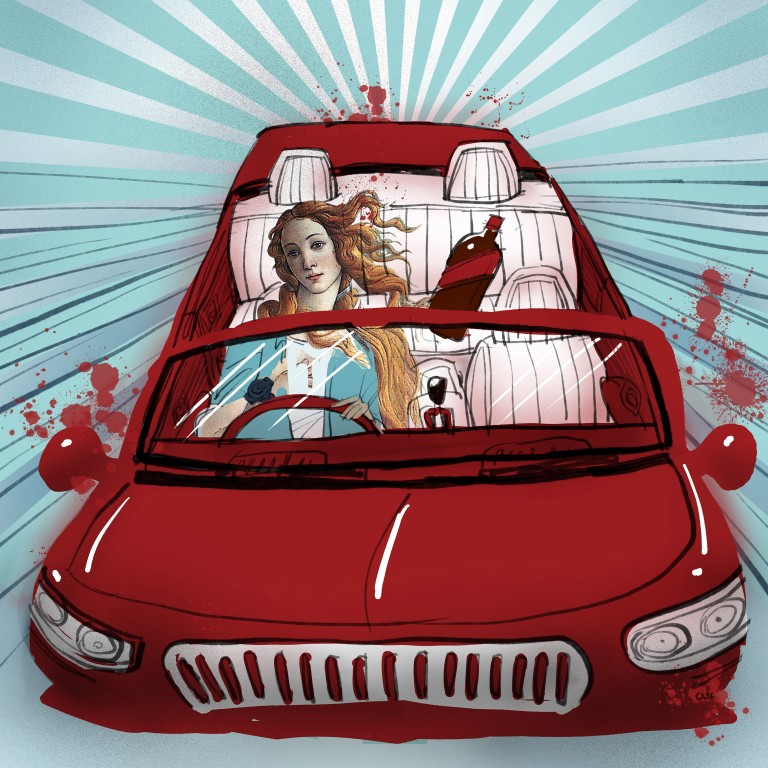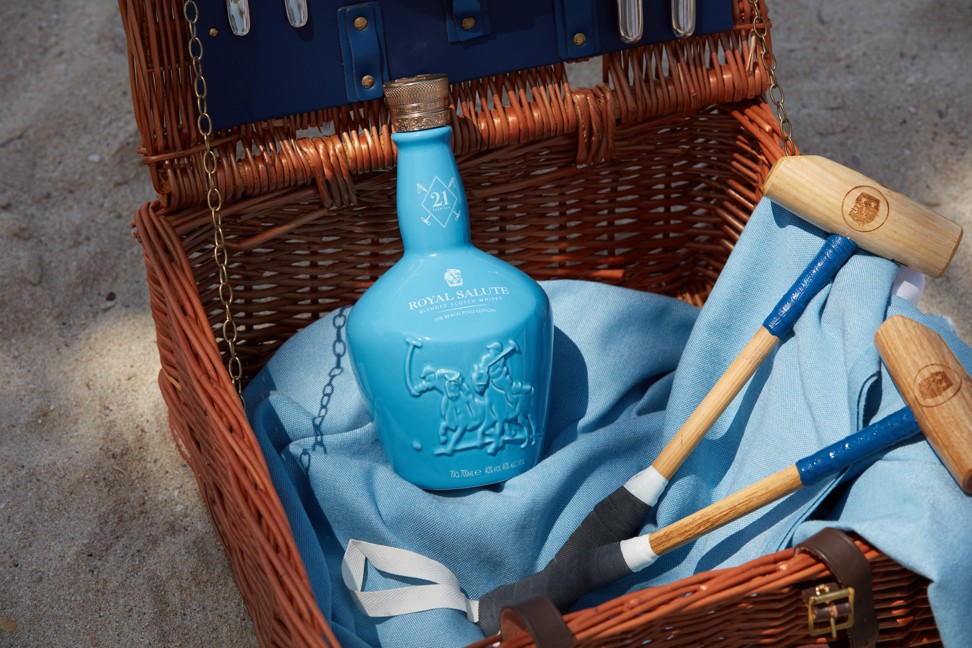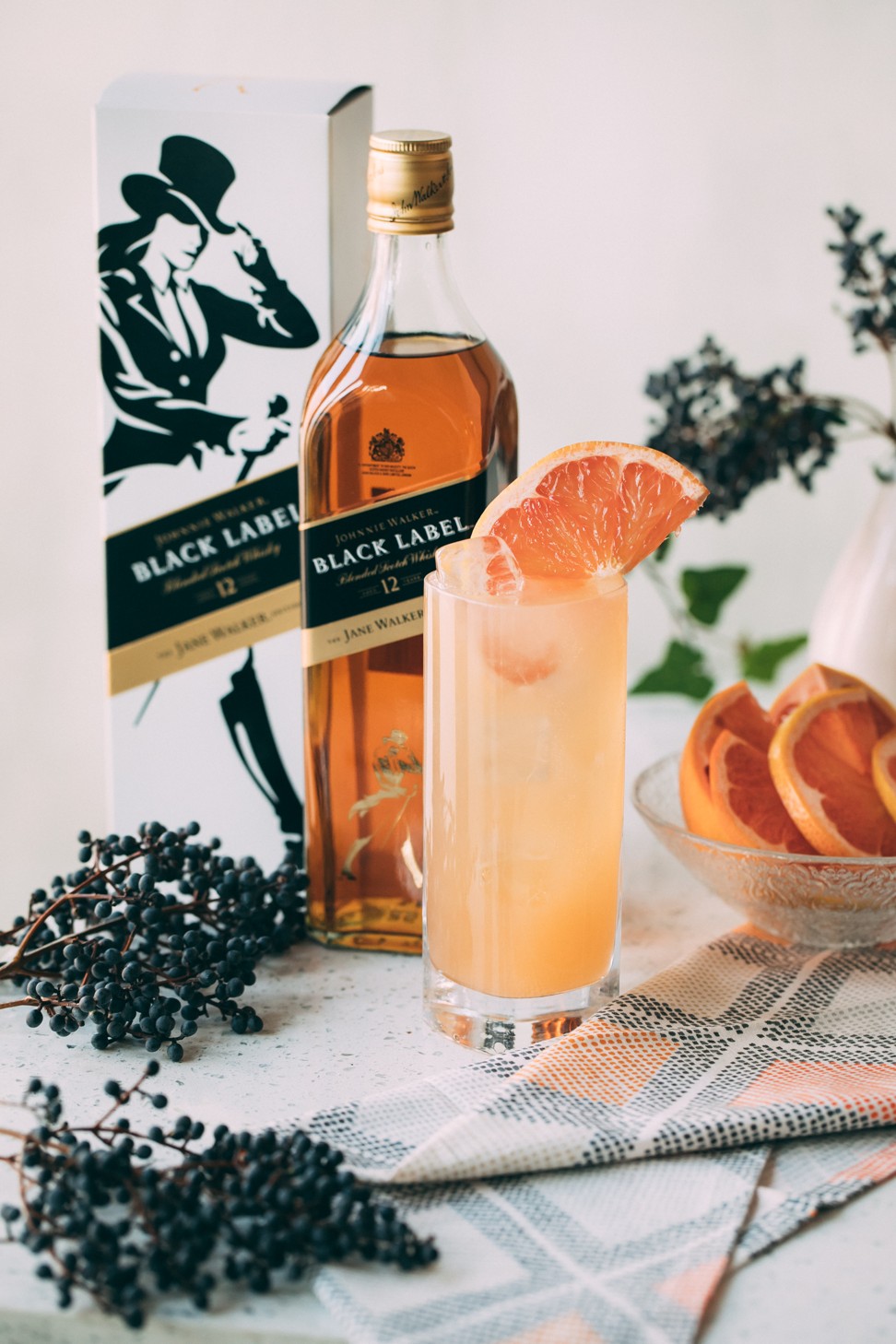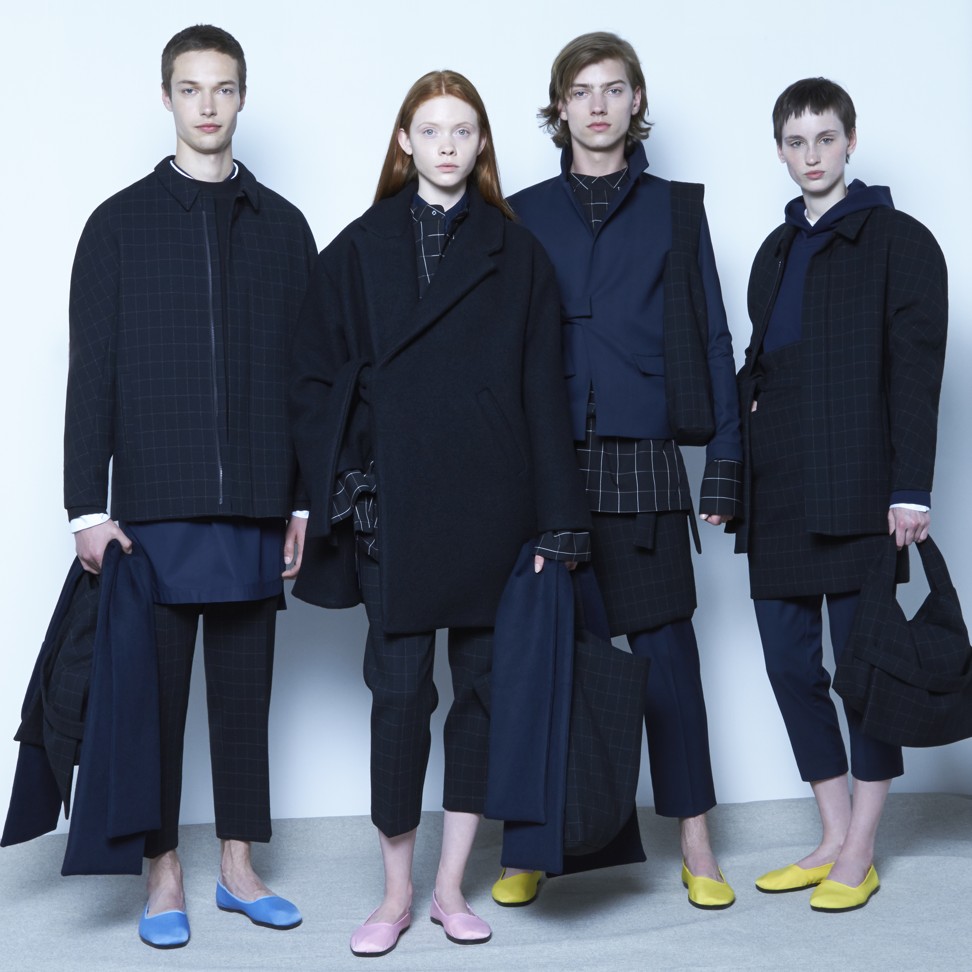Gillette’s #MeToo ad, Jane Walker whisky and Boy de Chanel make-up – how do brands deal with gender stereotypes?

Unless you’ve been living under a rock, you’ve heard about the controversy surrounding Gillette’s recent #MeToo ad. In the highly divisive campaign, the shaving company takes issue with male-led violence and sexism, and has angered some audiences – some say the ad emasculates men, while others accuse the company of seeking to make a profit off social issues.
The trend of lifestyle and luxury brands “genderising” products or borrowing from the momentum of significant gender issues is a growing one. Pay close attention to the box around a bottle of Johnnie Walker whisky of late and you might notice something different about its graphics. The striding figure that typically identifies the brand has been changed: from a man to a woman.
The so-called “Jane Walker” limited edition – each sale of which sees US$1 donated to charity – is, the company says, a “tribute to the women who play a huge role in building our brand – master distillers, blenders, marketers and more”.
But Marek Reichman,creative director of Aston Martin, defends the UK luxury carmaker’s decision to make its next launch, the DBX, more female-friendly than its previous models.
“This was no case of ‘pinking and shrinking’,” he insists, but takes into consideration differing lifestyles with regards to storage space, steering-wheel sizes, Isofix child safety-seat attachment points and other examples suggested by the company’s female advisory board.
“The fact is that women don’t just want to drive around in a small car with a cream interior – they want a car that’s right for their behaviour and their ergonomics,” adds Reichman. “And they want to be spoken to in the right way – most car media is very much aimed at men. I don’t think you can design for men or for women in terms of styling. But clearly there is huge opportunity to move [some products] towards more [gender] parity.”
Daihatsu announced earlier this year that research shows that women do not like “cute” cars, as was previously assumed. Its new Mira Tocot– still a small car targeted at women – now focuses on enhanced security features. Indeed, selling cars with women in mind has resulted in some historic failures – the Dodge La Femme launched in the 1950s came with a lipstick and handbag. That is not to deny that certain products have been bought almost exclusively by one sex or the other: make-up, for example. Yet, earlier this year, Chanel launched its first make-up line for men, Boy de Chanel, a collection that includes tinted fluid, lip balm and eyebrow pencils in stoic black packaging.
This follows similar, pioneering moves by Jean-Paul Gaultier and other brands two decades ago. Whether this is a matter more of packaging or content is open to debate.
“Packaging is certainly important to bring men into a market they’re not comfortable with – the aesthetic has to appeal to men,” says Pamela Viglielmo, board member on the Independent Cosmetic Manufacturers and Distributors Association. “But it’s what inside that matters. Does the actual product have to be formulated just for men? No. But it helps.”
I don’t think [producing ‘genderised’ products] – that ‘pink for girls, blue for boys’ thinking – is a clever way to grow a business now ... Companies make the same mistake in trying to sell to all millennials, as though they’re all one group
Certainly the “genderising” of products – making stereotypically male products more feminine and stereotypically feminine ones more male – is not without controversy, which perhaps explains the counter trend for unisex or gender-neutral products.
The watch industry, for one, is fast learning to navigate this territory: last year the men’s segment grew by around 7 per cent, with the women’s declining by 4 per cent, not because women are buying fewer watches, so much as buying watches meant for men.
“I think today we should not talk about women’s and men’s watches,” Zenith’s CEO Julien Tornare has commented. Meanwhile, with its Calibre 3, Chanel says it has embraced “gender fluidity”.
And this is happening in fashion, too. Last year, British retailer John Lewis announced it would stop dividing its kidswear by gender. On the high street, H&M and Zara have both produced gender-free lines. In high fashion, Rick Owens, JW Anderson and Rad Hourani have championed genderless clothing, with the latter pushing it even in couture.
This might point to the future: not of products – aptly for these gender-fluid times – divided along gender lines but of those that either disrupt gender lines or which, where possible, are ever more focused on the personal needs of the individual. “The question is whether there’s enough of a market to warrant the differentiation [in question],” says Viglielmo. “And at a certain point, markets start cannibalising themselves and can’t warrant yet another version.”
This was no case of ‘pinking and shrinking’
In contrast, even if in some instances men and women may have different needs, segmenting a product between two halves of the population seems too blunt a tool.
“I don’t think [producing ‘genderised’ products] – that ‘pink for girls, blue for boys’ thinking – is a clever way to grow a business now,” argues Gemma Butler, marketing director for the Chartered Institute of Marketing in London. “It seems to mark a return to a very simplistic form of segmentation that’s baffling given the insights data now provides. It’s not as though you can shoehorn most products into what is, after all, a very broad segment. Companies make the same mistake in trying to sell to all millennials, as though they’re all one group.”
This approach might not work all the more so in the social media age, in which people are fast to pick up and report on the less rational, more egregious and irony-free examples of genderised products – together with much ridiculing of the brands in question. Does any woman see a need for gardening tools, razors, pens, glue, crisps or even laxatives to be proffered in packaging that’s oriented to her sex – often at a considerable premium? Likewise, does any man need tumble-dryer sheets or toothpaste specific to his? Yet all such products have been available over recent years.
“You just can’t think that way now,” says Aston Martin’s Reichman. “You know, there’s [a] pink Vanquish Zagato Shooting Brake in our car park. And, guess what? It’s not owned by a woman.”
Want more stories like this? Sign up here. Follow STYLE on Facebook, Instagram and Twitter

From products to advertisements, brands walk a delicate line between taking a stand and pleasing today’s socially-aware customer base



